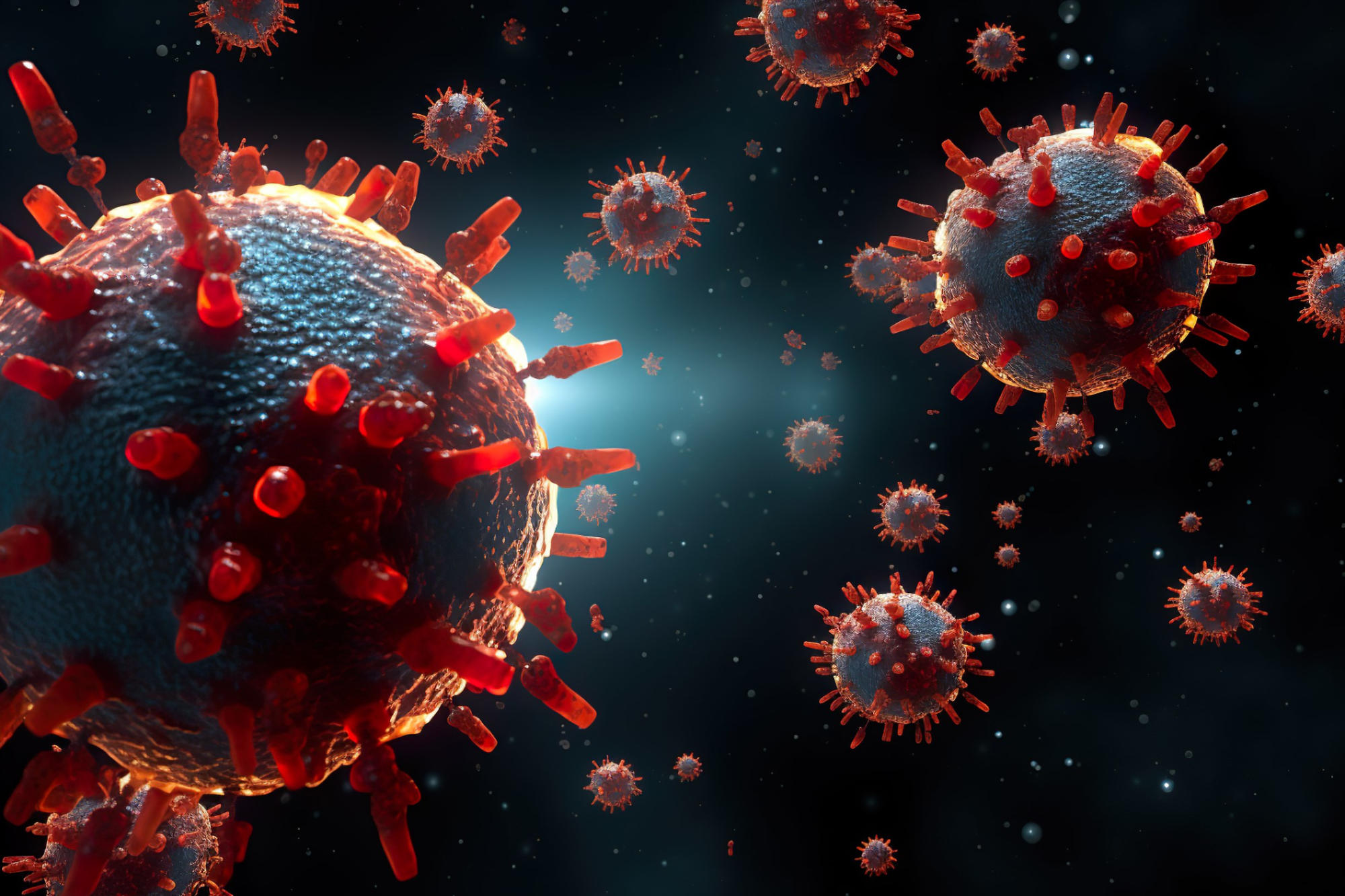In modern medicine, the convergence of nanotechnology and biotechnology has birthed groundbreaking advancements, none more pivotal than the development of mRNA vaccines. Amidst the global battle against COVID-19, these vaccines have emerged as a beacon of hope, promising to mitigate the spread of the virus and redefine how we approach infectious disease prevention altogether.
Understanding mRNA Vaccines
mRNA vaccines, such as those developed against COVID-19, represent a technological leap forward. Unlike traditional vaccines that introduce weakened or inactivated pathogens to stimulate an immune response, mRNA vaccines work by instructing cells to produce a protein that triggers an immune response. This approach accelerates vaccine development and offers potential advantages in scalability and efficacy.
Role of Nanoparticles in mRNA Vaccine Delivery
Central to the success of mRNA vaccines is the efficient delivery of mRNA molecules into target cells. Naked mRNA is fragile and susceptible to degradation before reaching its intended destination within the body. This is where nanoparticles, specifically lipid nanoparticles (LNPs), play a crucial role. LNPs encapsulate and protect mRNA molecules, facilitating their safe delivery to cells.
1. Encapsulation and Protection
LNPs are composed of lipids that self-assemble into nanoscale particles. These particles form protective shells around mRNA, shielding it from enzymatic degradation and immune recognition. This encapsulation not only enhances the stability of mRNA but also prolongs its circulation time in the body, allowing for sustained release and uptake by cells.
2. Cellular Uptake and Intracellular Release
Once LNPs deliver mRNA to target cells, they facilitate cellular uptake through mechanisms such as endocytosis. Within the cell, LNPs aid in releasing mRNA into the cytoplasm, where the cellular machinery can translate it into protein. This process mimics natural infection, prompting an immune response without causing illness—a hallmark of mRNA vaccine safety.
3. Advantages in Vaccine Development
The use of LNPs in mRNA vaccines offers several advantages over conventional vaccine platforms:
- Speed: LNPs enable rapid vaccine development, crucial in responding to emerging infectious threats like COVID-19.
- Scalability: Production of LNPs is scalable, facilitating mass vaccine distribution.
- Safety: LNPs are biocompatible and non-toxic, minimizing adverse effects commonly associated with adjuvants or viral vectors.
The Future of mRNA Vaccines and Nanotechnology
Beyond COVID-19, the success of nanoparticles in mRNA vaccines has paved the way for their application in combating other infectious diseases and even personalized cancer therapies. Nanoparticles continue to evolve, with ongoing research focused on enhancing LNP design for improved stability, targeting specific cell types, and optimizing immune response modulation.
Ethical Considerations and Public Perception
While the promise of mRNA vaccines is undeniable, their widespread adoption hinges on public trust and acceptance. Addressing concerns regarding safety, efficacy, and long-term effects remains critical in fostering confidence in this innovative approach to vaccination.
Conclusion
In conclusion, nanoparticles, particularly lipid nanoparticles, have revolutionized vaccine delivery, playing a pivotal role in developing and deploying mRNA vaccines against COVID-19. Their ability to encapsulate and protect fragile mRNA molecules has accelerated vaccine production and set a new standard for future vaccine development. As research unravels the full potential of nanotechnology in medicine, the partnership between nanoparticles and mRNA stands as a testament to human ingenuity and the relentless pursuit of scientific advancement.

